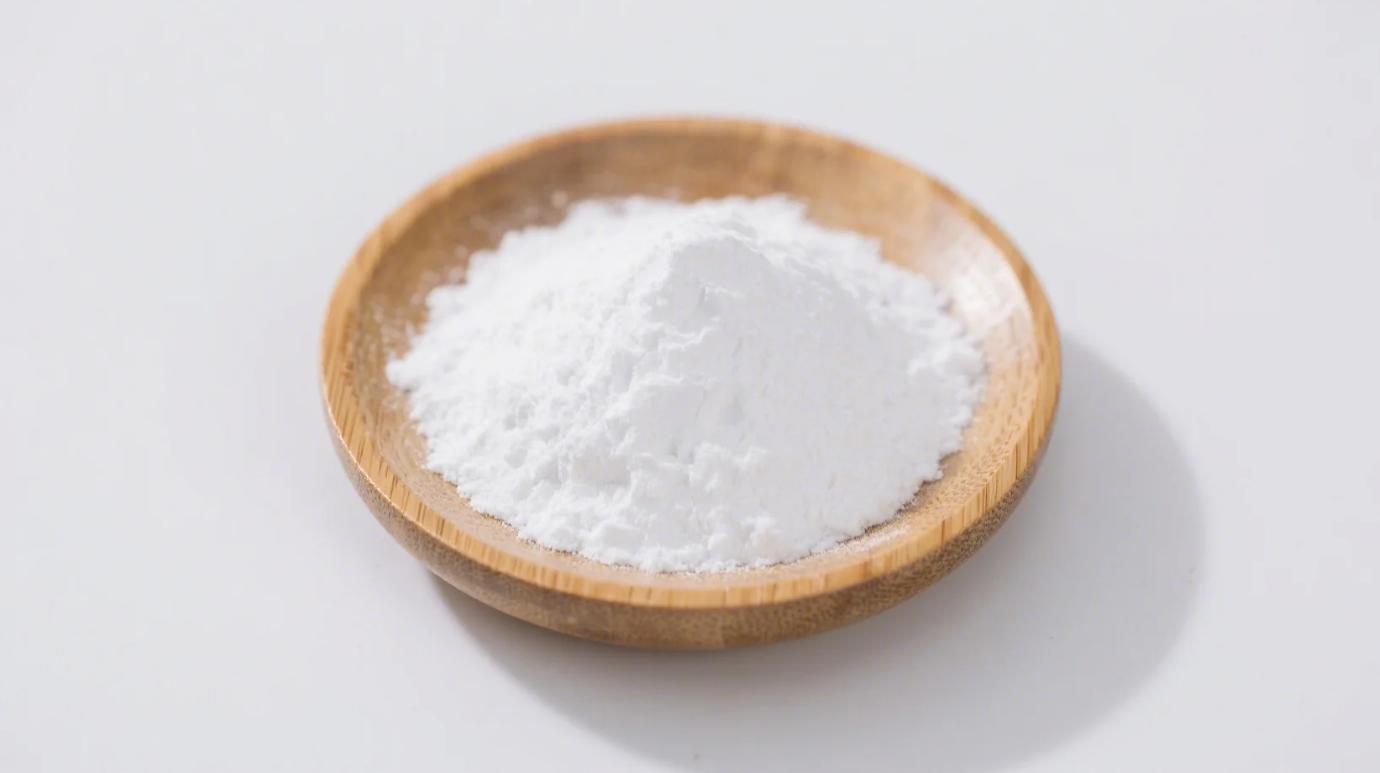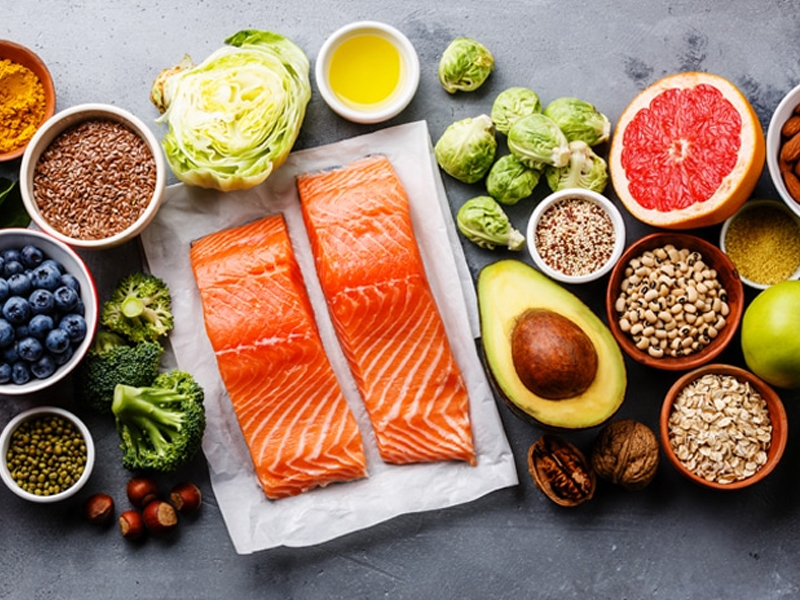Cornstarch is a pantry staple in kitchens worldwide, but when it comes to its role in human health, opinions are often divided. Is it just a simple thickening agent, or does it offer hidden benefits—especially in its organic, non-GMO form? Let’s unravel the science behind organic cornstarch powder and how it interacts with your body.
1. Energy Boost: Fuel for Your Day
At its core, organic cornstarch is a complex carbohydrate derived from the endosperm of corn kernels. When consumed, it breaks down into glucose—the body’s primary energy source. Here’s why it’s a go-to for quick fuel:
- Rapid Digestion: Unlike whole grains or high-fiber carbs, cornstarch is easily digested, making it ideal for athletes needing fast energy or individuals recovering from low blood sugar (hypoglycemia).
- Low in Fat and Protein: Its simplicity makes it a neutral ingredient for blending into sauces, soups, and baked goods without altering flavors.
But wait—does this mean it spikes blood sugar?
Yes, traditional cornstarch has a high glycemic index (GI ~85), but organic cornstarch offers a cleaner profile. Free from synthetic additives, it’s a safer choice for occasional use, especially when paired with fiber-rich foods (like veggies or chia seeds) to balance glucose levels.
2. Gut Health: A Double-Edged Sword
Cornstarch isn’t a prebiotic like resistant starch, but its organic version has unique perks:
- Gentle on Sensitive Stomachs: Easily tolerated by people with IBS or digestive disorders, as it lacks gluten and harsh fibers.
- Emergency Relief: A teaspoon mixed in water can temporarily soothe acid reflux or diarrhea by coating the stomach lining (though not a long-term solution).
Pro Tip: For gut-friendly benefits, opt for modified resistant cornstarch (heat-treated to act like fiber), now available in organic options.
3. Skin Savior: Beyond the Kitchen
Organic cornstarch isn’t just for cooking—it’s a multitasking hero for skincare:
- Natural Dry Shampoo: Absorbs excess oil without clogging pores.
- Diaper Rash Relief: Soothes irritation in babies (mixed with coconut oil).
- Eco-Friendly Deodorant: Neutralizes odor when blended with baking soda.
Why organic matters: Conventional cornstarch may contain pesticide residues, but USDA-certified organic cornstarch ensures purity for sensitive skin.
4. The Organic Advantage: Why Quality Matters
Not all cornstarch is created equal. Here’s how organic cornstarch powder stands out:
- Non-GMO: Made from heirloom corn varieties, free from genetic modification.
- Chemical-Free Processing: No synthetic solvents or bleach used during extraction.
- Allergen-Safe: Produced in dedicated facilities free from gluten, nuts, and soy.
A 2022 study in Food Chemistry found organic cornstarch had 40% fewer pesticide traces compared to conventional brands.
Who Should Use Organic Cornstarch?
- Gluten-Free Bakers: Perfect for thickening sauces or lightening baked goods.
- Eco-Conscious Families: Safe for kids’ recipes and DIY skincare.
- Fitness Enthusiasts: A quick carb source pre/post-workout (pair with protein!).
Caution: Overconsumption may lead to blood sugar spikes. Moderation is key!
5. Creative Uses for Health & Home
- Sugar-Free Pudding: Mix with almond milk and vanilla for a low-sugar treat.
- Homemade Electrolyte Drink: Combine with salt and lemon juice.
- Eco Paste: Glue for crafts (just add water!).
Organic cornstarch isn’t a “superfood,” but its simplicity and versatility make it a valuable tool—when used mindfully. By choosing organic, you avoid hidden chemicals and support sustainable farming.
Ready to rethink cornstarch? Swap your conventional brand for a cleaner, greener option. Your body—and the planet—will thank you.
Recommended Product
Organic Cornstarch
Premium Gluten-Free Thickener & Stabilizer for Food, Pharma & Industrial Applications


